TRADITIONAL RATING AGENCIES
Quick Disclaimer:
Before I continue with this post, I would like to note that various ideas noted down in this paper were primarily derived from the work of Arthur Hughes, Michael Urban, and Dariusz Wójcik from the School of Geography and the Environment at the University of Oxford (Hughes, Urban & Wójcik, 2021). My area of exploration on the topic was to compare the different approaches to ESG rating, and their paper is the first comparative study on the human-driven and AI approach to ESG benchmarking. There was one other informative paper related to ESG benchmarking (In, Rook, Monk & Rajagopal, 2019), but it was a general paper on possible alternative ESG data sources rather than a commentary analyzing how the human and AI based approaches work. In these series of posts, I have supplemented their work with some of my own research and commentary to enhance the discussion on how ESG affects investors.
What about them? How do they work?
Traditional rating agencies refer to the big players in ESG rating such as MSCI, Bloomberg, and Sustainalytics. In this post, I will be referring to them as Traditionalists. The analysis and final output benchmarking by Traditionalists is subject to the discretion of a human analyst. In terms of their modus operandi, Traditionalists identify key issues and apply weightings to them to use as criteria for a company’s ESG rating. Key issues refer to ESG-related issues that affect a company financially. Data used alongside the key issues and weightings come from corporate data, online data, and face-to-face contact (F2F) to come up with the final rating for a company.
What's wrong with what they’re currently doing?
For starters, Traditionalists take a rather questionable approach in coming up with ratings by relying heavily on company disclosure—it is estimated that 45% of benchmarking is based on disclosures. This becomes a problem if a company chooses to be less transparent about their ESG problems. Therefore, there is a justifiable concern regarding transparency of these data sources, particularly the integrity and reliability of this data.
There is actually a term for an extreme version of this problem known as greenwashing, where a company influences and misleads their ESG ratings, and is a major problem in the Traditionalist ESG rating system. Moreover, there is a lack of standardization in the selection of key issues and weightings: in the case of MSCI, weightings are decided for the entire year, and key issues are subject to change at the discretion of MSCI. Therefore, the methodology in determining the rating for one year may be different from another.
So how confident can an investor be in a Traditionalist rating? To add to the organizational subjectivity, Traditionalists rely heavily on the brainpower of a select few, often leaving analysts with the tall task of examining a long list of companies—MSCI, for instance, rates about 14,000 companies with a manpower of only 185, meaning that a single research analyst handles an average of almost 80 companies (Hughes, Urban & Wójcik, 2021).
This complication has led to major flaws in ESG ratings. Take Boohoo, for example, a major fashion retailer in the UK. They had been rated highly and included in various ESG funds, until they got caught up in a wage scandal for underpaying workers (Chatelin, 2020). On the other hand, an environmentally conscious but small company could be given a lower rating than they deserve due to limited company disclosure (Reuters, 2020).





















